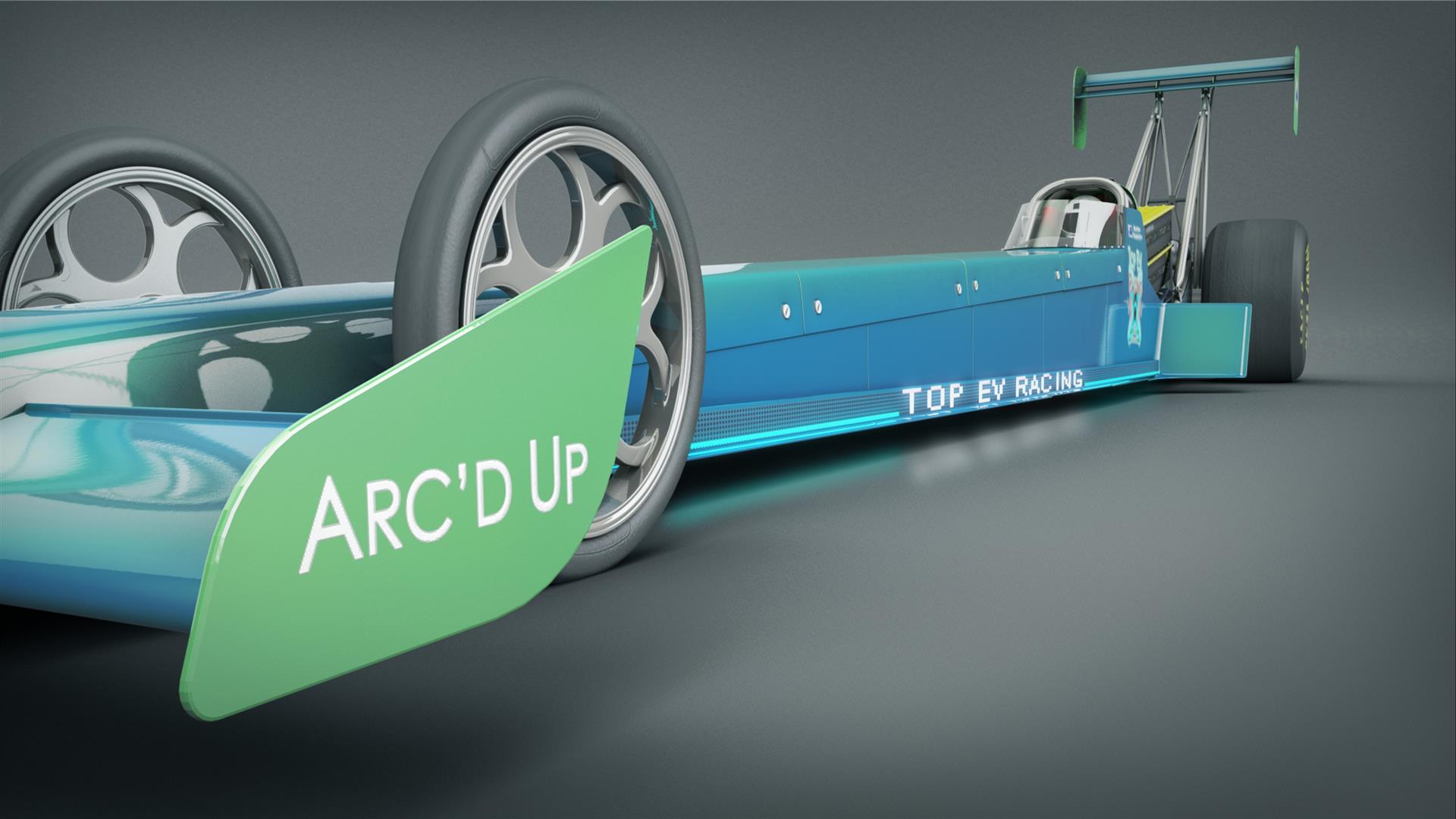

Wayland and Wilde had become friends due to their shared interest in the Portland, Oregon electric car scene, as well as their appreciation for speed. Two men in particular, John Wayland and Roderick Wilde, would parlay their fascination with the potential of electric cars into a group that would gather together like-minded individuals interested in more than just saving a few bucks on gas with their green machines. It was here that the foundations of organized electric drag racing began to be laid. Now the same folks who might have once tinkered in the garage on a carbureted street machine could instead afford to swap carbon for electrons.
ELECTRICT MOTOR DRAG RACING SOFTWARE
That began to change in the late 80s and early 90s, when the cost of the batteries required to juice an electric motor, and the electronic technology and software needed to manage a drivetrain setup, began to gently slope into the realm of the hobbyist. For much of the next 70 years, electric cars would be considered a novelty, one-offs built by hobbyists or experimental designs from mainstream manufacturers, with almost no presence in organized motorsport of any kind. Still, they put up a good fight in terms of sheer speed, fending off gasoline and steam models in the record books until the mid-1920s. Humble RootsĮlectric cars have been in the mix since the beginning of the automotive age, but battery-powered designs eventually lost out among mainstream manufacturers well before America fully embraced the motorized carriage. Let's take a look at how electric drag cars evolved from rare curiosity to sophisticated front-runners supported by a growing aftermarket of go-fast tuners, vendors, and drivers. There are national organizations dedicated to running electric-only drag events, manufacturers are starting to bring out factory-backed EV drag packages, and of course grassroots racers are building their own electric street machines that can put up impressive ETs. You may not be surprised to learn that EV drag racing is growing in popularity as the technology behind battery-powered automobiles continues to develop and drop in price. The ability to instantaneously put down massive amounts of torque is a huge advantage for electric motors, especially during a short quarter mile burst that doesn't put much of a strain on the cooling systems required for optimal battery usage. It's hard to imagine a sport better suited to the specific strengths of electric vehicles than drag racing. The History Of Electric Drag Cars And EV Drag Racing


 0 kommentar(er)
0 kommentar(er)
